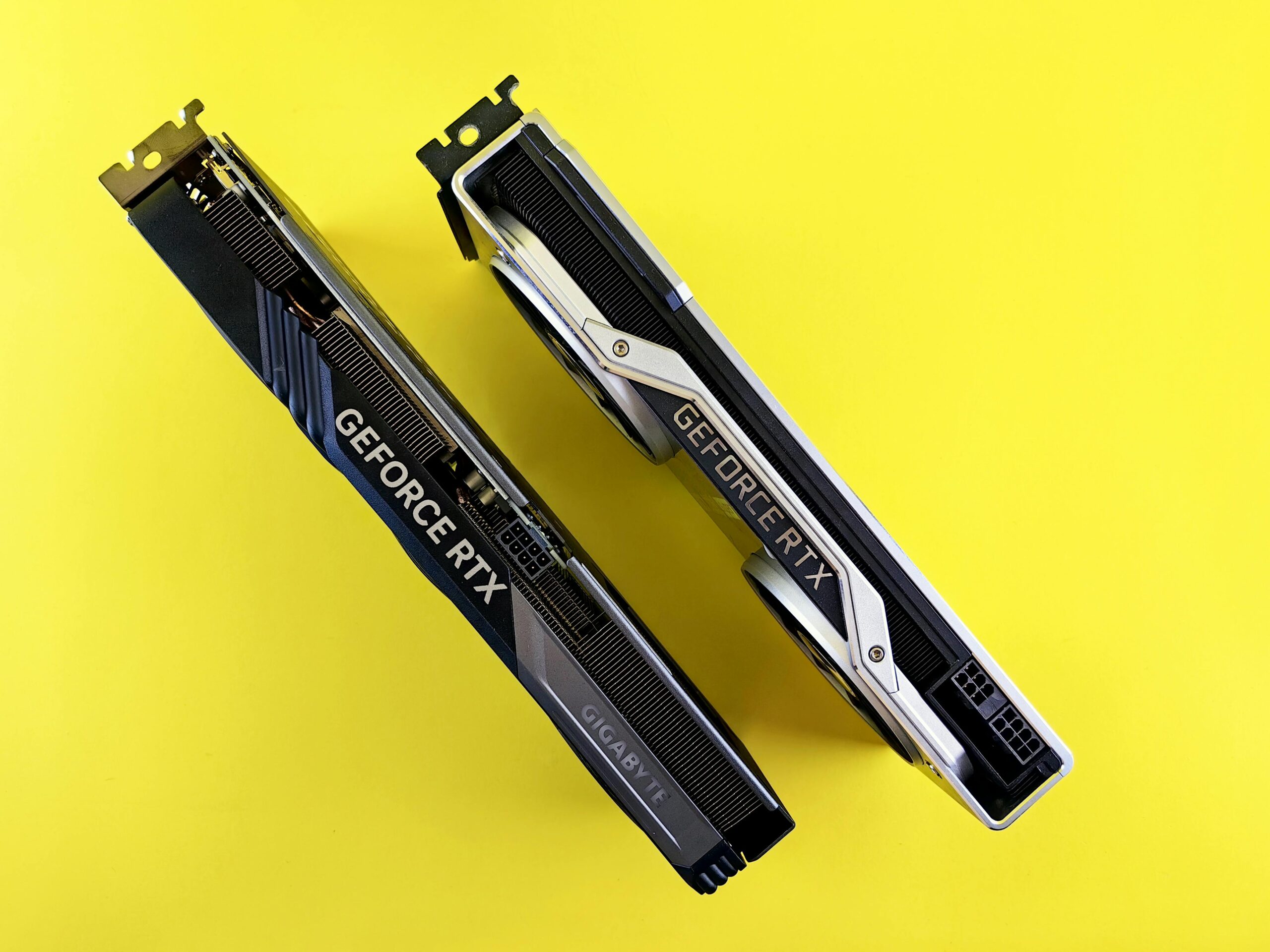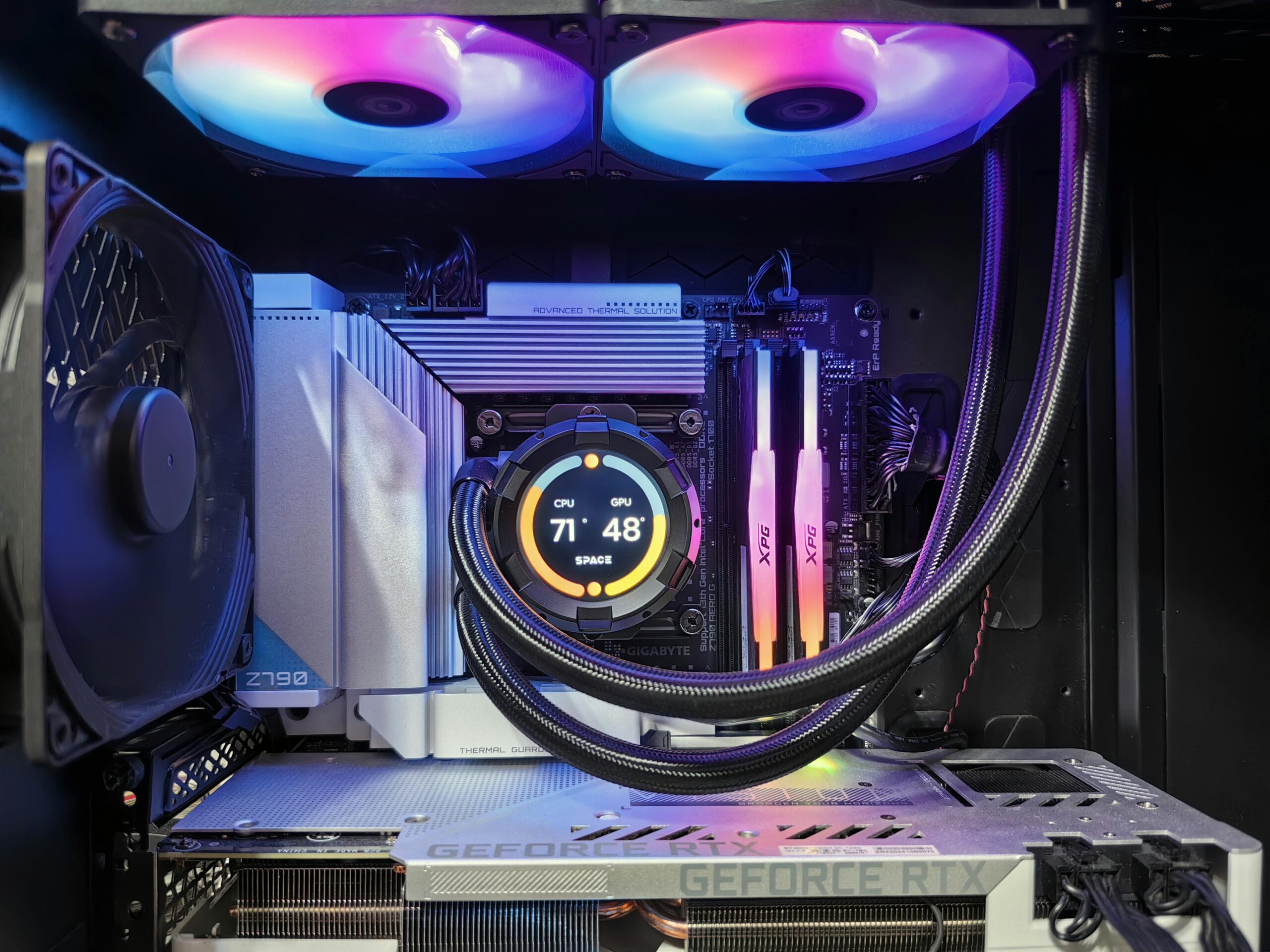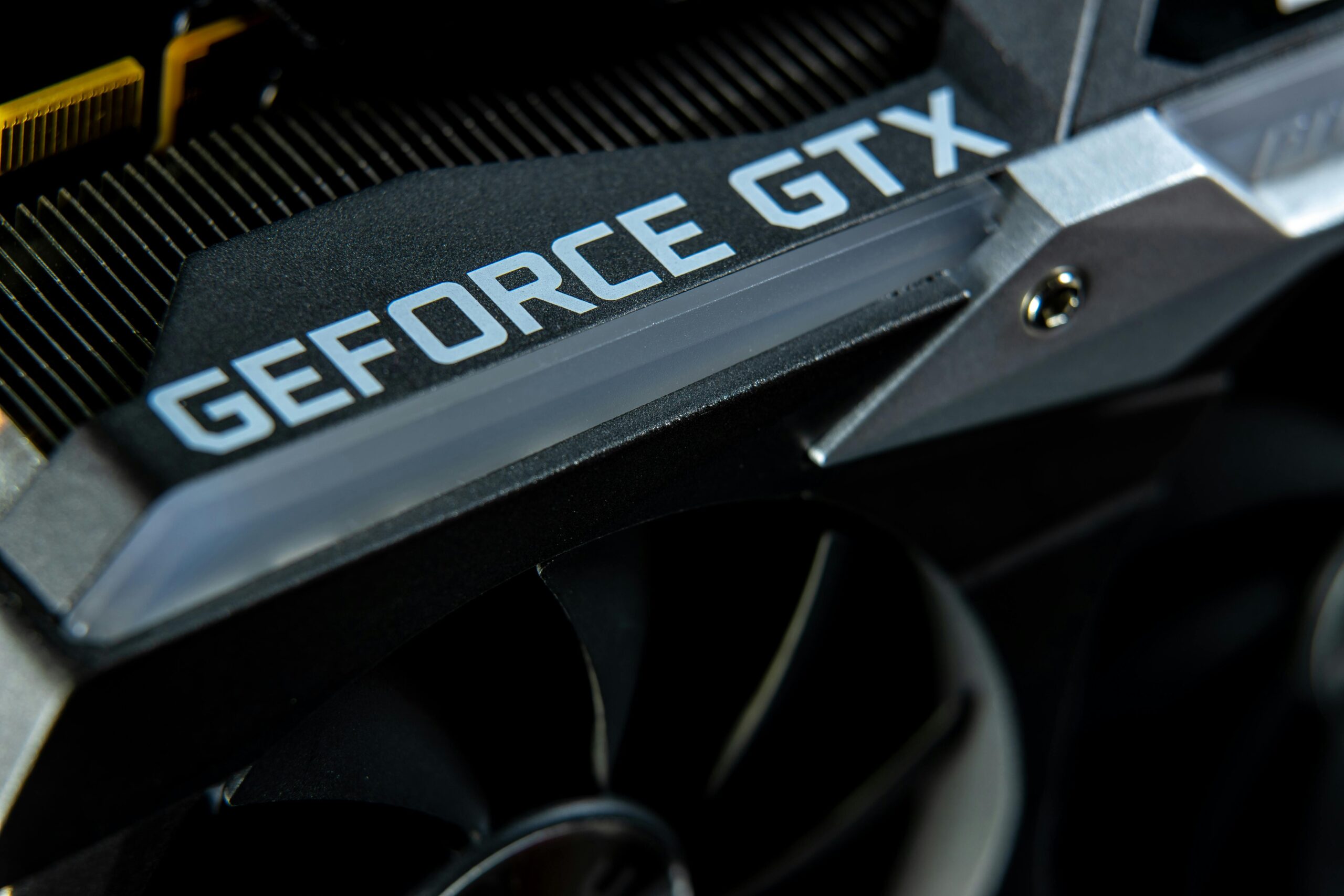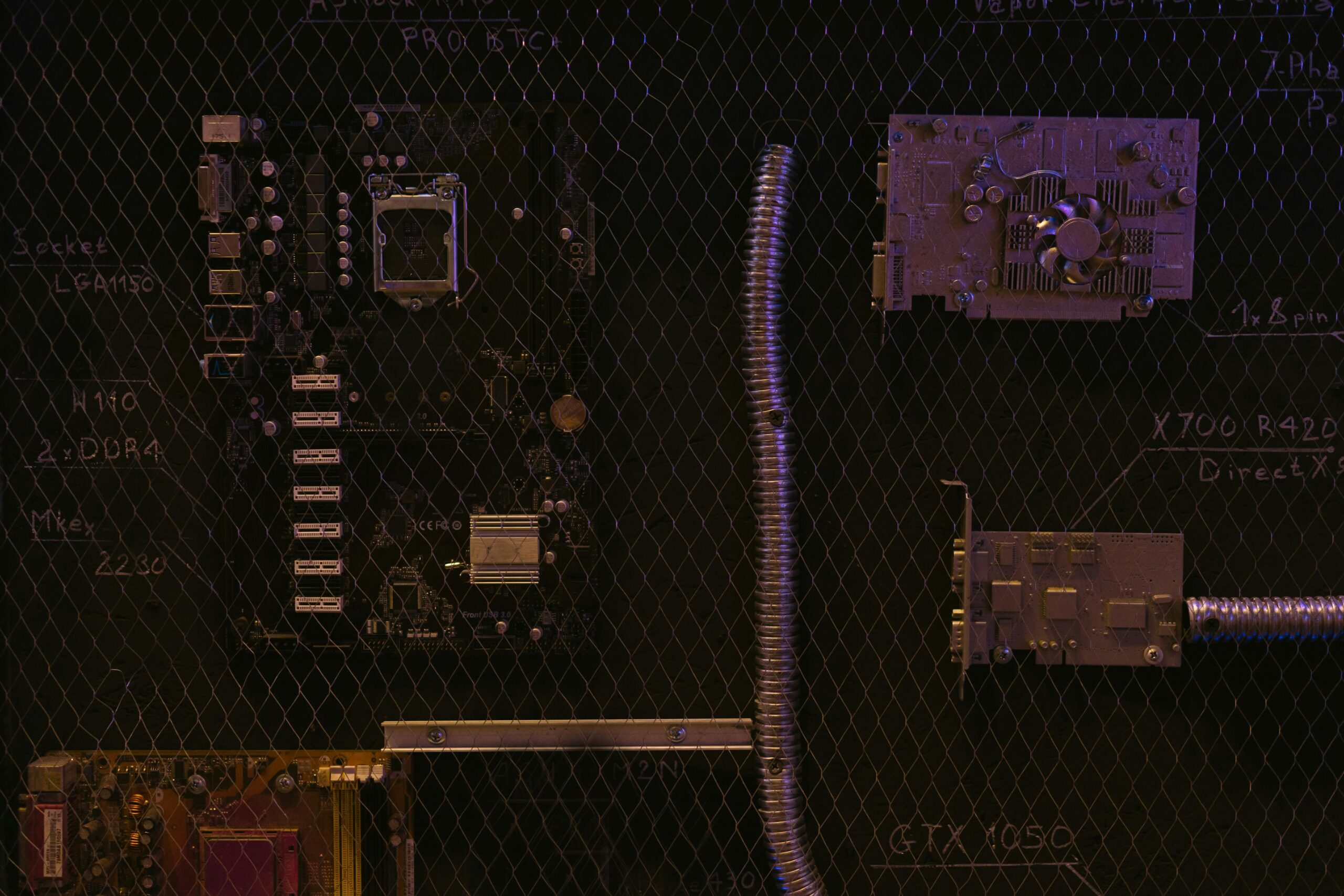Building a Silent Workstation: The Proven Tips for Noise-Free PCs
Learn how to build a distraction-free workstation with expert tips on silent components, airflow, and setup. Ideal for...
Updated 23ʳᵈ August 2025




Whether you’re gaming, editing video, or running 3D simulations, (even with a strong PC, Your PC’s) performance relies heavily on one key component: VRAM. So let’s find out what VRAM is and how it affects your PC.
VRAM, or Video Random Access Memory, is a special type of memory used by graphics cards to store and quickly access data for visuals, textures, renders and gameplay needed to render graphics. Unlike regular, system RAM, VRAM is a specialised form of memory purely dedicated to graphics-related tasks.
Video (Related to Video and Graphics)
Random Directly
Access Accessed
Memory Data Storage
The more VRAM a GPU has, the more complex visuals it can handle (without having to slow down)
Running out of VRAM forces the system to use the slower system memory, which can lead to loss in performance (speed) or graphics quality.
Since GPUs are basically their own tiny little computers for Graphics, VRAM is just memory for graphics in your graphics card.
(Just like RAM is memory for your CPU)
It is used by the GPU to access visual data quickly; things like textures, frame buffers, lighting maps, and other elements that create what you see on screen. Its job is to allow smooth, high-quality graphics rendering throughout: whether you’re gaming, editing videos, 3D Modelling, or just watching a high-resolution youtube video. By holding this data close to the GPU, VRAM reduces the need to fetch it from slower system memory, which also helps prevent lag, stutters, and resolution drops which makes it a key factor in delivering fast, fluid and quality visuals.
While system RAM supports your entire computer: handling everything from running apps to background processes. VRAM is solely focused on displaying the best graphics possible. System RAM and VRAM don’t overlap: if VRAM runs out, your GPU may fall back on system RAM, but at a major cost to performance. That’s why having enough dedicated VRAM is crucial for users who require the best visual experience.
For gamers, VRAM directly impacts how smoothly your game runs and how good it looks. Higher amounts of VRAM allow for better texture quality, higher resolutions, with higher and more stable frame rates. Especially in modern AAA titles like Cyberpunk 2077, Red Dead Redemption 2, or Hogwarts Legacy can use 4GB-8GB of VRAM at 1080p or demand 16GB-24GB with ultra settings. Without enough VRAM, textures may be blurry, frame rates may drop, and lag spikes increase.
Video editors, 3D artists, and graphic designers depend heavily on VRAM for handling large video files and complex projects. (Look into a capture card too) 4K video editing, and 3D rendering both require fast access to visual data: something VRAM is built for. Additionally, applications you’d almost definitely make use of: Adobe Premiere Pro, DaVinci Resolve, Blender, and After Effects all greatly benefit from having more VRAM available, especially when working with multiple video layers, color grading, or high-poly 3D scenes. More VRAM allows creators to preview much quicker and render projects faster.
For developers and engineers, especially if you’re working in CAD, simulations, or AI/ML workloads, VRAM is key to performance and precision. Professional applications like AutoCAD, SolidWorks, MATLAB, or TensorFlow use GPU acceleration to speed up complex calculations, model rendering, and training processes. (Applies to Neural networks too) Large datasets and intricate 3D models demand high VRAM bandwidth and capacity to load and process without delays, ensuring smoother workflows and higher efficiency in production environments.
Here’s a helpful guide for the amount of VRAM you’d need for different applications:
|
Gaming |
|
|
Casual |
2-6 GB |
|
Competitive Gaming/ESports |
8-12 GB |
|
1080p |
6-8 GB |
|
1440p (2k) |
8-16 GB |
|
4k |
16-24 GB |
|
Add 4 GB for streaming, multi-tasking Add 6 GB for VR and AR games |
|
|
Design & Artificial Intelligence |
|
|
Video Editing & Content Creation |
2-6 GB |
|
3D Modelling / CAD |
6-8 GB |
|
Machine Learning / AI |
8-16 GB |
|
Cinematic Video (4k, 8k video) |
16-24 GB |
|
Look into better storage drives (SSDs with higher data transfer rates) |
|
When looking for a graphics card, it’s easy to start thinking “more VRAM automatically means better performance.” But that’s not always true (It tends to be though). Although VRAM is important, it’s just one aspect of what makes a GPU powerful. A card with more VRAM but an outdated architecture (generation) or fewer cores can actually perform worse than a card with less VRAM but stronger overall specs. For example, Nvidia’s 6GB RTX 3060 will outperform an 8GB GTX 1070 in modern games due to better hardware and ray-tracing support. Benchmarks help you check that you have enough VRAM for your resolution and workload. So adding more doesn’t boost performance.
Benchmarks are brilliant in checking that your games can look brilliant with a certain graphics card.
If you’re running into performance issues but can’t upgrade your GPU, there are still smart ways to manage your VRAM. First, ignore any shady advice like “DoWnloAd MoRe VraM”. VRAM is a physical component on the GPU and can’t be increased through software or spare storage space. To see how much VRAM your application is using, go to Task Manager > Performance > GPU on Windows, or use monitoring tools like MSI Afterburner or GPU-Z. In games, check your VRAM usage in the settings menu or overlays if supported. You can lower an application’s VRAM demand by reducing texture quality, shadows, anti-aliasing, and screen resolution. Closing background apps that use the GPU (like browsers with active tabs or hardware-accelerated software) also helps. If you’re consistently maxing out VRAM, it may be time to upgrade -especially if you’ve already optimized settings and still experience stuttering, weird textures, or crashes. [See our previous chart]
When picking the right GPU, the amount of VRAM should match your needs—but it shouldn’t be the only factor you consider. It helps load more graphics, and allows for more quality, and less lag. Think about your typical workload: Are you gaming at 1080p and want an upgrade? Are you a professional looking to reduce colossal wait times for renders to load?
There are so many factors to consider for a GPU, such as generation, chipsets and VRAM, etc.
At Technostrong Web Services, we specialise in building purpose-driven PCs tailored to your exact needs—whether you’re a gamer, content creator, or engineer. We don’t just throw in overly lavish parts—we build smarter, balanced systems that deliver real-world performance and value.
Not sure what you need?
Get a Custom Build Quote or Talk to Our Team and we’ll help you get the perfect setup without overspending.
Also check out our youtube channel for more content!
Thank you for Reading! 🙂
Learn how to build a distraction-free workstation with expert tips on silent components, airflow, and setup. Ideal for...
Confused about VRAM? Learn what is VRAM (video memory) and how it affects gaming and creative work. Find...
Shaurya is passionate about PC building and hardware, and enjoys sharing his knowledge through his blogs. He has a comprehensive understanding of the latest developments in the field: always free to help you craft your next great PC.